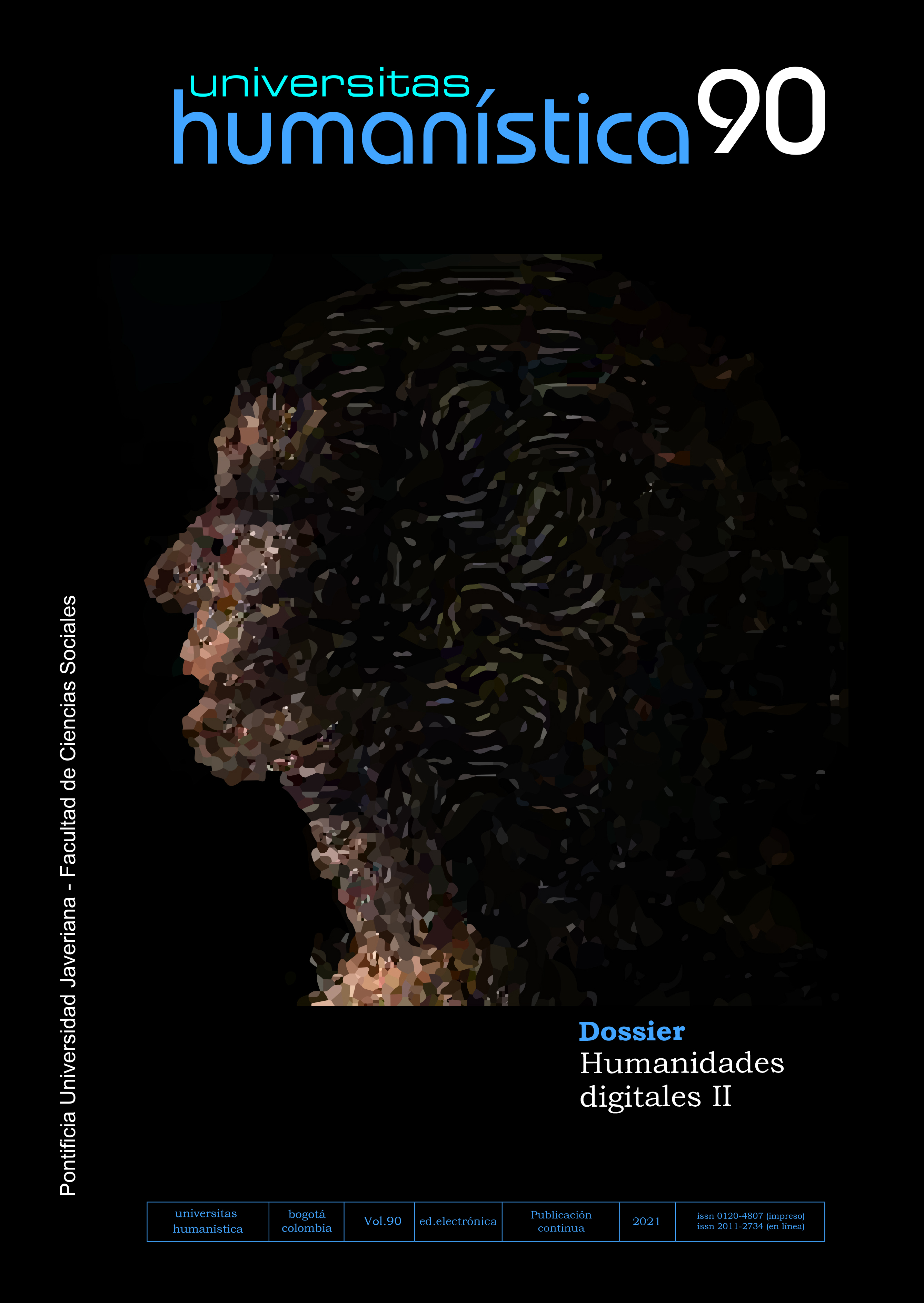Castillejo, J., Gómez-Moreno, M. y Castillejo, D. (1998). Los intelectuales reformadores de España. Epistolarios de José Castillejo y Manuel Gómez-Moreno. El espíritu de una época. 1910-1912. Castalia.
Fundación Pública Andaluza Rodríguez-Acosta (s.f.). La institución. http://www.fundacionrodriguezacosta.com/la-fundacion/la-institucion/
Gheraldi, M. (2019). Jason Buckhardt. https://burckhardtsource.org/
Gómez-Moreno, M. E. (1995). Manuel Gómez-Moreno Martínez. Fundación Ramón Areces.
Gómez-Moreno Calera, J. M. (2016). Manuel Gómez-Moreno Martínez (1870-1970). Maestros de la historia del arte, CEHA.
Gómez-Moreno Martínez, M. (1967). Catálogo Monumental de la provincia de Salamanca. Ministerio de Educación y Ciencia, Dirección General de Bellas Artes.
Gómez-Moreno Martínez, M. (1983). Catálogo Monumental de la provincia de Ávila. Ediciones Institución Gran Duque de Alba.
Joyeux-Prunel, B. y Marcel, O. (2015). Exhibition Catalogues in the Globalization of Art. A source for social and spatial art history. Artl@as Bulletin, 4(2). https://docs.lib.purdue.edu/artlas/vol4/iss2/8/
López-Yarto, A. (coord.) (2012). El catálogo monumental de España (1900-1961). Investigación, restauración y difusión. Secretaría general técnica Subdirección General de Documentación y Publicaciones.
Lozares, C., López-Roldan, P., Bolíbar, M. y Muntanyola, D. (2013). La centralidad en las redes sociales: medición, correlación y aplicación. Metodología de Encuestas, 15, 77-97. http://casus.usal.es/pkp/index.php/MdE/article/view/1038/977
Menéndez, L. (2003). Análisis de redes sociales: o cómo representar las estructuras sociales subyacentes. Apuntes de Ciencia y Tecnología. Unidad de Políticas Comparadas (CSIC), (7). http://digital.csic.es/bitstream/10261/1569/1/dt-0307.pdf
Morales Gallego, M. (2013). Contribución a la historia artística y cultural de Granada en la primera mitad del siglo XX. Epistolario de Antonio Gallego Burín a Manuel Gómez-Moreno. Universidad de Granada. http://digibug.ugr.es/bitstream/10481/24490/1/21451667.pdf
Stanford University (s.f.). Maping the Republico f Letters. http://republicofletters.stanford.edu/index.html
Tanselle, T. (2008). Some Thoughts on Catalogues. The Papers of the Bibliographical Society of America, 102(4). https://www.jstor.org/stable/24293705
Fuentes primarias
Fundación Rodríguez-Acosta (FRA). Colección Documental Gómez-Moreno (CGM). Legado de cartas. Carta del 31 de julio, 1900, 5547, rº.
Fundación Rodríguez-Acosta (FRA). Colección Documental Gómez-Moreno (CGM). Legado de cartas. Carta, 1894, 5549, rº.

This journal provides immediate open access to its content on the principle that making research freely available to the public, encourages greater global exchange of knowledge.
The journal Universitas Humanística is registered under a Creative Commons Attribution 4.0 International Public License. Thus, this work may be reproduced, distributed, and publicly shared in digital format, as long as the names of the authors and Pontificia Universidad Javeriana are acknowledged. Others are allowed to quote, adapt, transform, auto-archive, republish, and create based on this material, for any purpose (even commercial ones), provided the authorship is duly acknowledged, a link to the original work is provided, and it is specified if changes have been made. Pontificia Universidad Javeriana does not hold the rights of published works and the authors are solely responsible for the contents of their works; they keep the moral, intellectual, privacy, and publicity rights.
Approving the intervention of the work (review, copy-editing, translation, layout) and the following outreach, are granted through an use license and not through an assignment of rights. This means the journal and Pontificia Universidad Javeriana cannot be held responsible for any ethical malpractice by the authors. As a consequence of the protection granted by the use license, the journal is not required to publish recantations or modify information already published, unless the errata stems from the editorial management process. Publishing contents in this journal does not generate royalties for contributors.


